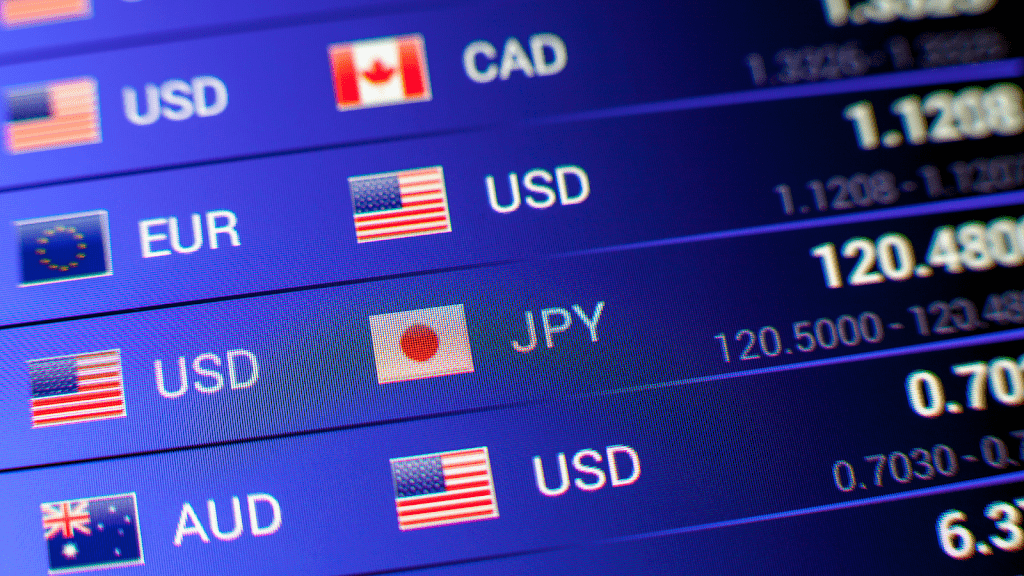In forex, there are many different currency pairs ready for traders to tackle in an attempt to make a living. There are currency pairs more popular than others and specific pairs that supply better performance during certain market conditions. One such market condition is “risk-off,” an investment setting where price behavior responds to particular changes in trader risk tolerance. When the market perceives risk as low, the risk-on-risk-off theory states that traders tend to want to make riskier investments. However, when the market perceives the threat as too high, traders are often inclined to move closer toward low-risk investment options.
Treasuries is Crucial for Assessing Market
Risk-on risk-off is like a teeter-totter in that the markets go through periods of risk-on and risk-off often throughout the year. At certain times, traders are more likely to invest in risker assets than during other periods, such as the 2008 financial crisis, which turned into a risk-off year. Traders saw this period as being hazardous for trading. They reduced the risk by selling risky positions and moving their money into risk-off positions like U.S. Treasuries or the USD/JPY pair.
When it comes to low-risk, nothing screams low-risk more than Treasury securities. U.S. Treasuries have stood for decades as a staple of safety and minimal risk in bumpy market conditions. Specifically, U.S. Treasuries receive unconditional backing from the U.S. Government, which means that traders/investors receive a guaranteed return of their interest and the principal due, as long as they hold them to maturity.
The USD/JPY, on the other hand, does not have quite the same level of security and guarantee, but forex market participants consider it a risk-off trade during the unrest. Specifically, traders commonly view this pair as a haven currency and a measure of risk in the trading world. Yet despite the struggles and bumps in the Japanese economy in the 21st century, the Yen, for the most part, has remained a haven option for traders/investors, causing it to rise in value.
Knowing when to flock to safe havens during times of panic and fear could quite literally save trading accounts from implosion. When trading in the financial markets, traders must have a plan to protect themselves during turbulent times and know when to execute such plans and move their capital into safe havens, like the ones mentioned above.

